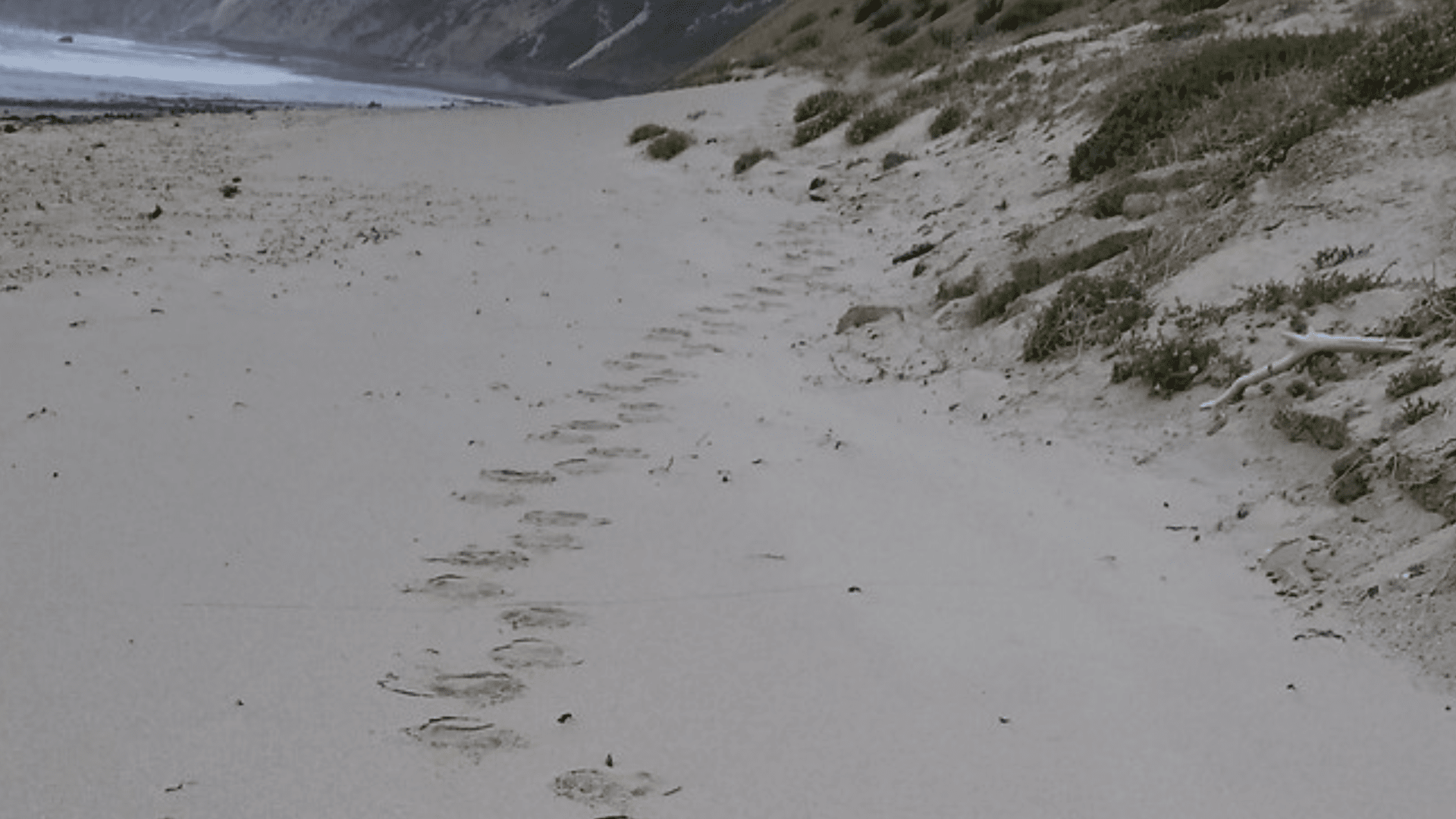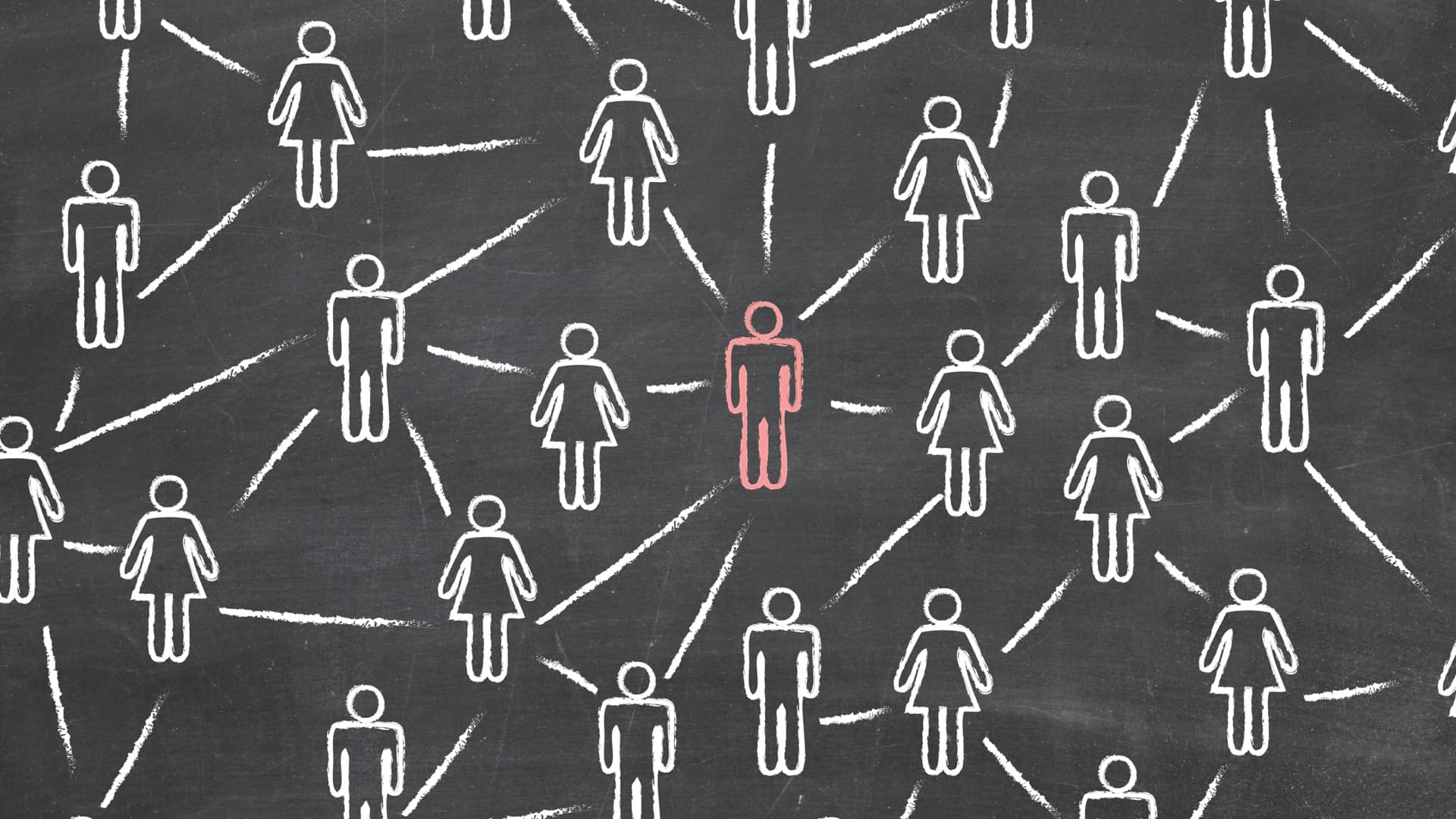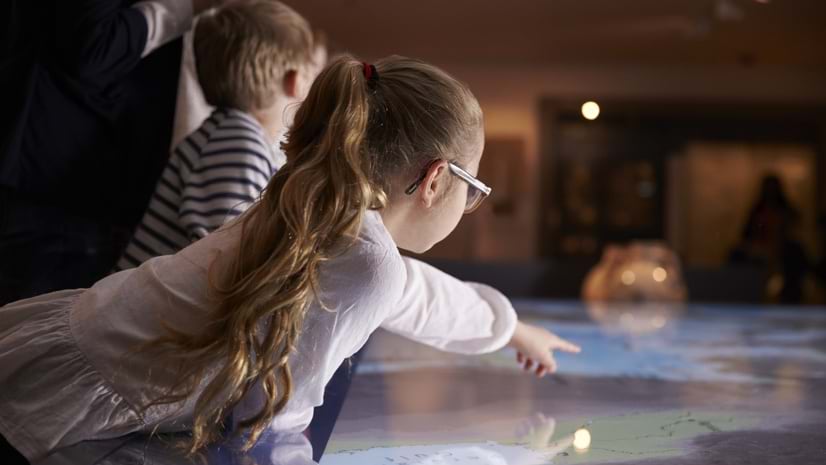
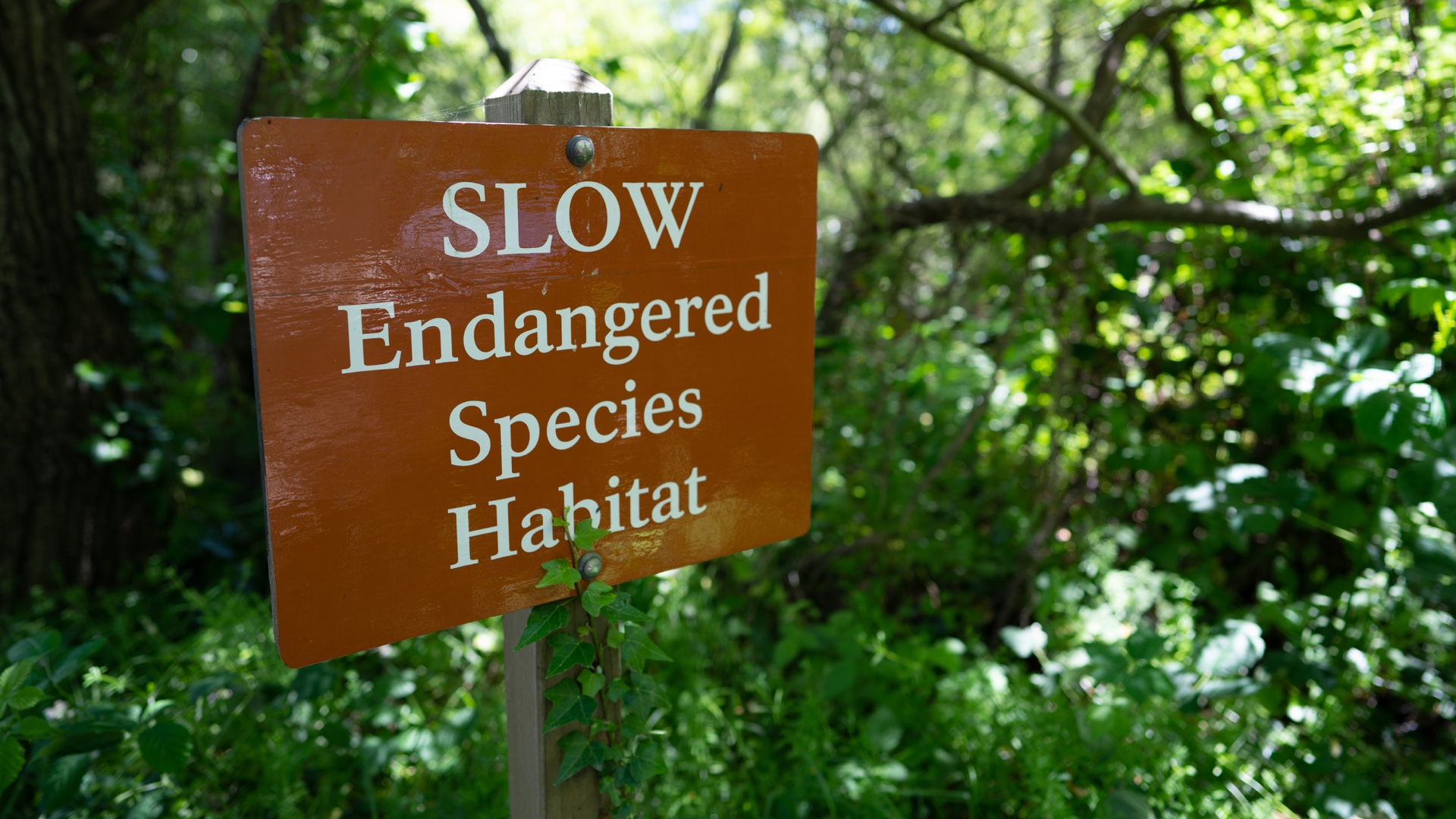

As director of the Smithsonian National Museum of Natural History, Kirk Johnson reaches a mass audience of five million visitors each year. Anyone who enters walks away with knowledge, but Johnson would like them to leave with an appreciation for the natural world and our place in it.
To achieve a deeper connection, Johnson believes in the integrative power of maps. He’s convinced that maps conveying past climate change, alongside climate action solutions that work, will foster optimism.
As a paleontologist, he uses maps to understand the context of earth changes. “When you map things over time, incredible patterns emerge,” Johnson said. “The relationship between the past and the future becomes extremely clear.”
He’s passionate about using digital maps to relate us to our world—how it was and will be: “Because maps have a direct tie to reality, they’re visually available and real, even though they’re digital.”
As Johnson plans his next exhibit, he’s looking at geographic information system (GIS) technology to create a map-based digital reality. GIS software redefines mapmaking by presenting many visualization options, including immersive 3D. It allows users to go back and forth in time. And by harnessing artificial intelligence (AI), it processes huge volumes of data to reveal new patterns.
“I’m inventing a digital space and I’m not a digital person,” Johnson said. “That’s one of the reasons I asked Jack Dangermond [founder of Esri, the creator of ArcGIS] to be on the museum’s advisory board. We need help to build the digital space, test it, iterate it, and make sure it works before sharing it with visitors.”
Museums strive to present the truth as it’s understood today. Science marches on, and museums continually need to refresh their content to impart current knowledge.
When Johnson joined the Smithsonian in 2012, the dinosaur exhibit was 101 years old. The exhibit presented a jumble of dinosaurs, many in poses not fitting current understanding. And it lacked a story.
The museum has no room—or building—big enough to display its 44 million fossils. When rethinking the exhibit, he had to come up with a way to organize an impactful sample of the collection. He needed to provide clarity and a throughline.
Curators catalog collections by using time to show when things happened and place to show what happened where. Johnson used both of these mechanisms at his prior place of employment, the Denver Museum of Nature and Science. There, he was part of the team that created the award-winning Prehistoric Journey exhibit. Instead of viewing rooms of dinosaurs, visitors walk through time periods that show what creatures were present in each space of geologic time.
For the Cretaceous period, the exhibit has two Stygimoloch spinifer dinosaurs. The colorful combatants fight on a creek bed of North Dakota, surrounded by a lush forest to showcase Johnson’s specialty in paleobotany.
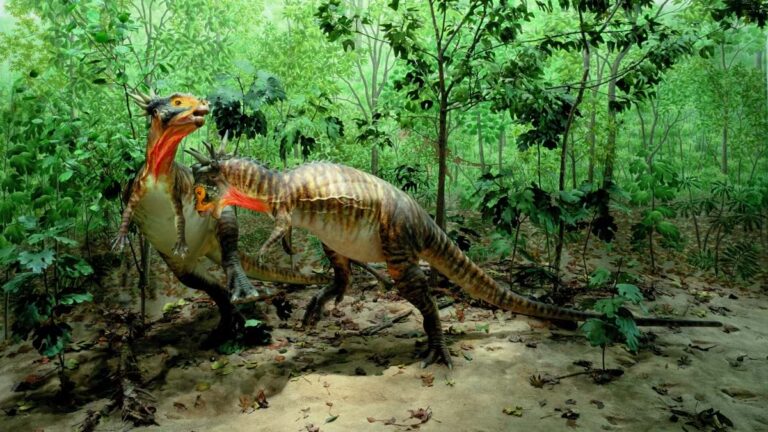
The Deep Time exhibit, which Johnson created at the Smithsonian, expands the history of life to put our own time into context. The exhibit uses 700 fossils to illustrate 4.6 billion years of evolution. Instead of stopping with mammoths, which went extinct 11,000 years ago, the exhibit extends 200 years into the future.
“The public loves fossil exhibits but they don’t see them as relevant to today’s issues,” Johnson said. “This exhibit puts people in the story and challenges the audience to make the connection to current issues such as climate change and biodiversity loss.”
The exhibit in the nation’s capital will also showcase immersive technology created by US federal agencies. The National Oceanic and Atmospheric Administration’s (NOAA) Science on a Sphere provides a room-sized global display that projects planetary data to illustrate earth system processes.
Johnson also wants to harness virtual reality experiences to transport viewers to different places in the world. In past exhibits, he has used sound and burbling water flowing through an exhibit to provide a sensory experience. However, Johnson said,”It’s a fabrication. You’re not outside. It’s not real wind blowing in your face,” noting digital reality presents that same challenge. “At its very core, it’s not real. It has to be authentic in some way.”
The idea behind making the new exhibit more relatable is to showcase climate and biodiversity solutions that are working. Johnson said, “The intent is to have young people experience it and walk away with a sense of optimism that they can be part of a positive future.”
Johnson and fellow museum directors embrace their role to foster a sense of connectedness. He likes how both maps and museums catalyze wonder and curiosity. The digitization project holds great promise to make the museum experience more immersive, relevant, and portable.
“The goal of the next five years of this amazing, venerable, functional national museum is to build the visual digital tools that allow me to attract new audiences,” Johnson said, “and then communicate that sense of wonder outward.”
The big focus of the upcoming People and Nature Experience exhibit is to amaze visitors about the natural world.
The new exhibit will make leaps forward in technology, experience, and scientific collaboration.
It will accelerate the Smithsonian’s digitization effort and promote the trend of museums to georeference collections. This involves reconnecting the origin of each specimen to points on the map. This step will unlock current and past species distributions. It will fuel an understanding of relationships between species decline and environmental change. It also is intended to lead to understanding successful conservation practices.
In a recent paper for Science, Johnson asserts that these collections form the basis for our understanding of the natural world. With the concentration of collections being in European and North American cities, incaccessibility remains a major barrier to connecting much of the world with its natural heritage. The time is ripe to make this knowledge available to scientists and the public everywhere.
Researchers have used collections to understand infectious diseases, biodiversity loss, and climate change. They have made actionable predictions from natural history museum data. The data can also guide policy, such as pandemic preparedness. But more needs to be done to digitize, protect, and integrate these collections.
The People and Nature Experience exhibit will play a part in the overall effort. It will enhance the museum experience at the Smithsonian, and it will advance science. And someday, if Johnson’s vision takes hold, it will connect to the major natural history museums of the world.
Learn how GIS connects to scientific research.

